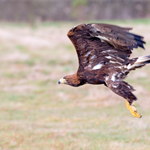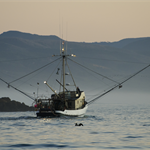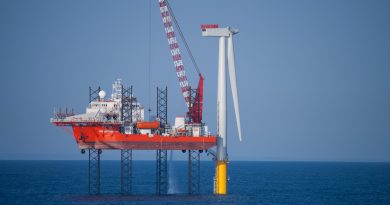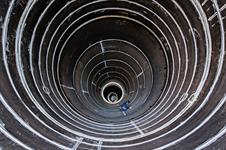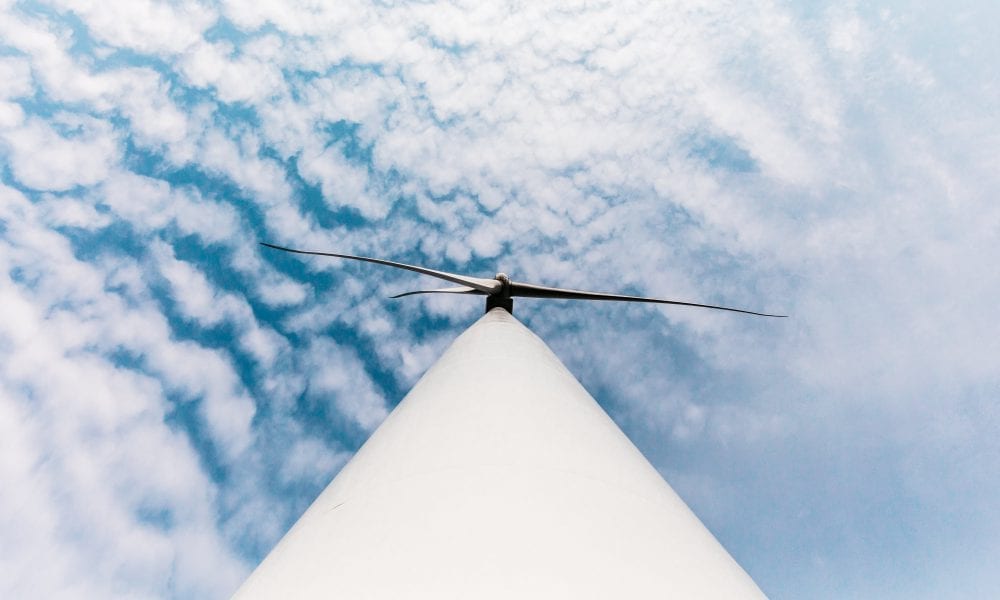US officials: ‘No evidence’ whale deaths connected to offshore wind surveys
Energy Disrupter

“There is no known evidence of a connection between whale strandings and offshore wind activity,” said Ben Laws, deputy chief for permits and conservation with the US National Oceanographic and Atmospheric Administration’s (NOAA) fisheries office of protected resources.
That wind activity includes the use of sonar during surveying, he said, a procedure that has been widely used worldwide. Observers are on duty on survey or pile-driving vessels during wind development to spot marine mammals.
The officials participated in a press conference this week following highly publicised concerns – and a call from local politicians and some green groups for a halt in wind development – after seven dead whales washed ashore off New Jersey and New York where surveying work for three offshore wind projects is underway.
One wind project, the 130MW South Fork, is under construction in the region.
During the teleconference, NOAA fisheries spokeswoman Lauren Gaches said that 178 humpback whales have died off the East Coast from Maine to Florida since January 2016, an “unusually high” number. Nine deaths have occurred since 1 December 2022.
Vessel strikes
Gaches noted that 40% of the carcasses examined showed evidence of vessel strikes or entanglement with fishing gear.
Sarah Wilkin, coordinator of the marine mammal health and stranding response programme at the NOAA, said the risk of strikes has been higher this winter because the whales’ prey is reportedly closer to shore, probably because of warmer waters caused by climate change.
Meanwhile, Brian Hooker, biology team lead with the Bureau of Ocean Energy Management (BOEM), laid out stark differences between surveying for wind and oil and gas development.
He said oil and gas uses omnidirectional seismic air guns that penetrate several kilometres into the seabed, while wind seabed surveying is far less likely to impact marine mammals because it is quieter and less frequent.


